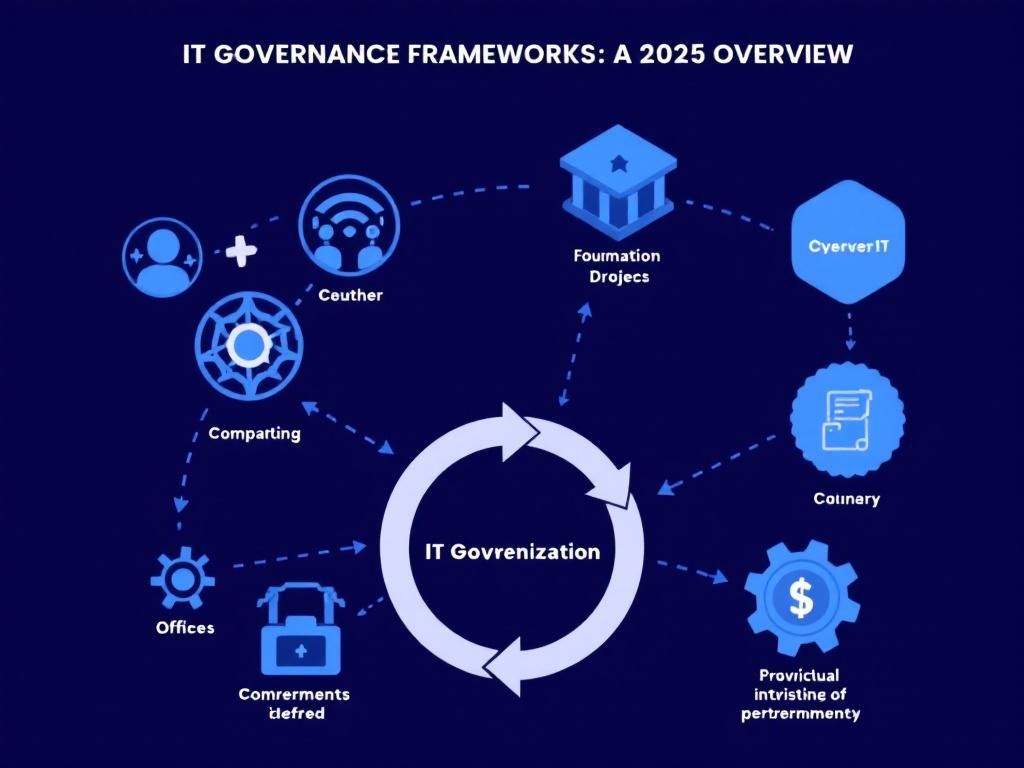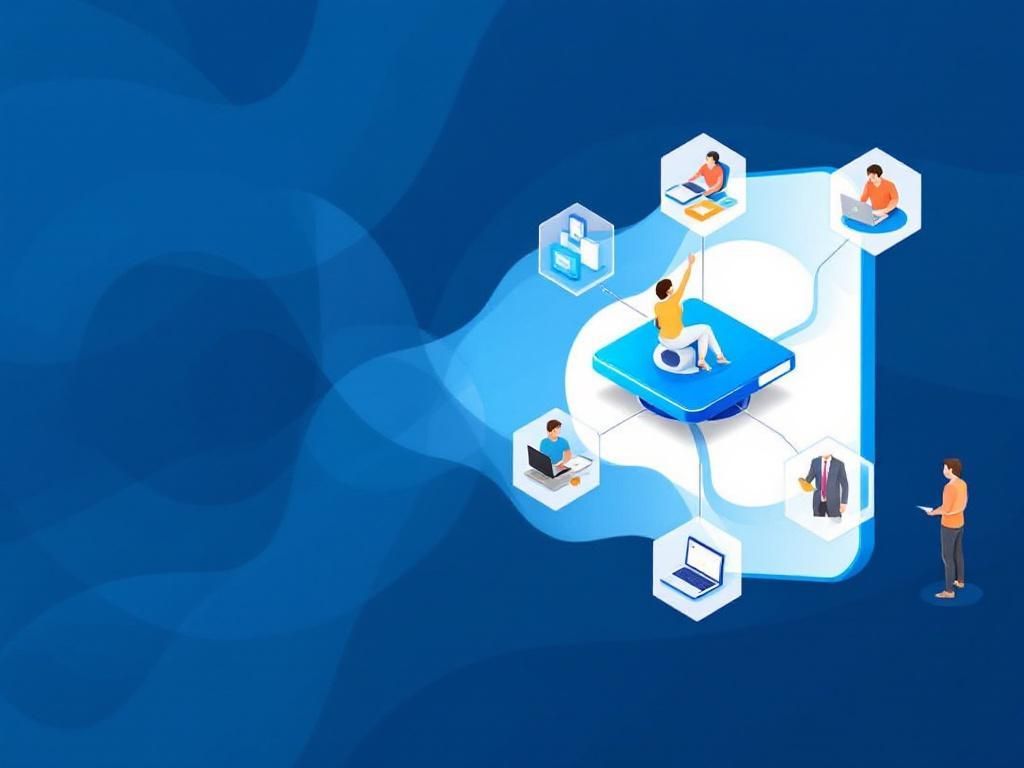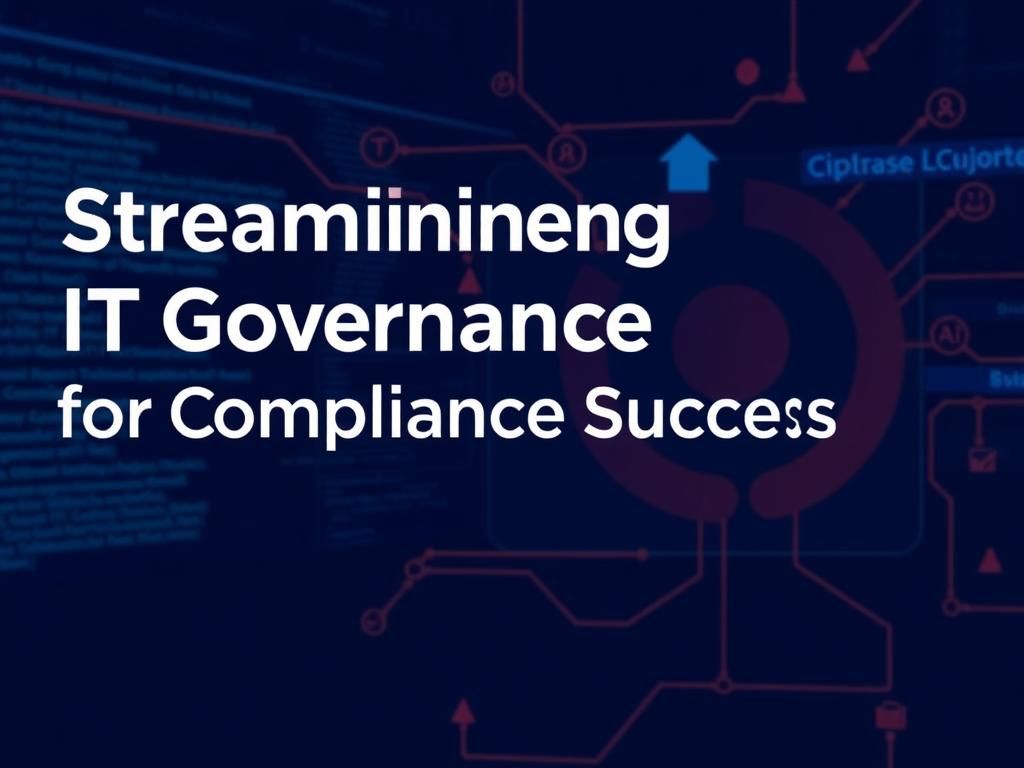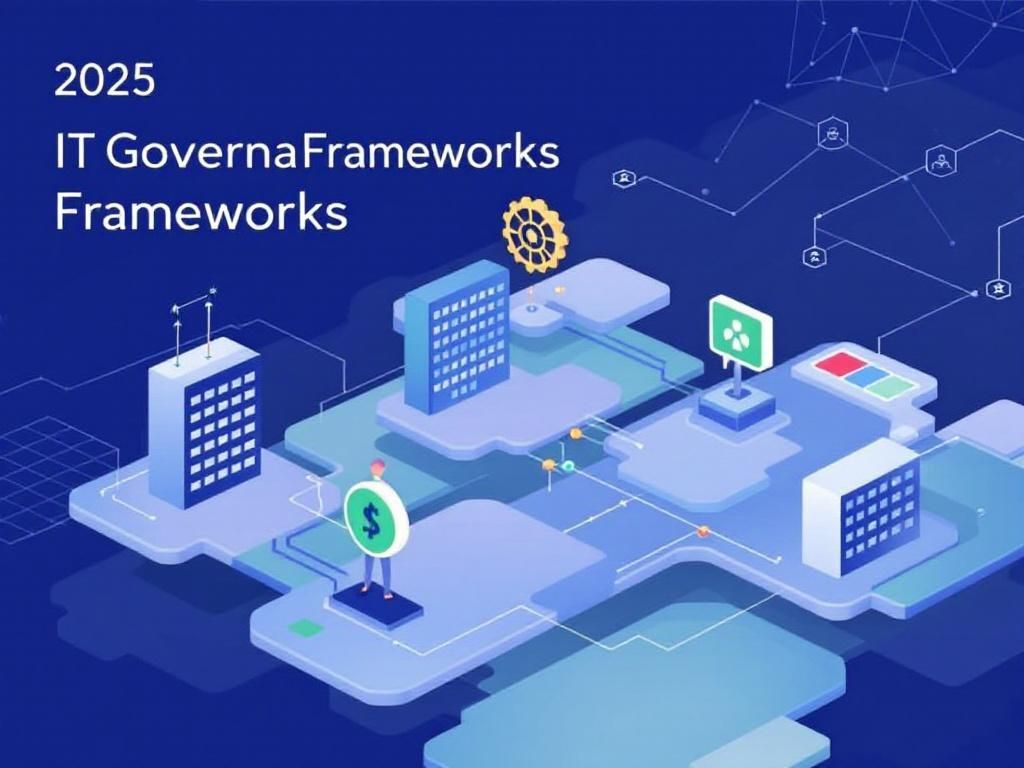Comprehensive Guide to IT Governance Frameworks in 2025
Explore the latest IT governance frameworks for 2025, their importance, and how they can enhance organizational efficiency and compliance.

In an ever-evolving landscape of technology and digital transformation, the governance of IT systems has become paramount for organizations seeking to maintain competitiveness and resilience. As we look toward 2025, understanding the various frameworks that guide IT governance is essential for maximizing value, minimizing risks, and ensuring compliance with ever-changing regulations. This article provides a comprehensive overview of IT governance frameworks, their key components, and their implications for businesses in the coming years.
Table of Contents
Understanding IT Governance
IT governance involves the processes that ensure the effective and efficient use of IT in enabling an organization to achieve its goals. It is a structure of relationships and processes that help ensure that the organization’s IT sustains and extends the organization’s strategies and objectives.
The Importance of IT Governance
- Aligns IT strategies with business objectives
- Enhances risk management and compliance
- Improves resource allocation and project management
- Facilitates better decision-making
- Drives innovation through strategic IT investments
Popular IT Governance Frameworks
Several established frameworks serve as guidelines for implementing effective IT governance. Each framework has its specific focus and advantages, allowing organizations to choose what best fits their needs.
1. COBIT (Control Objectives for Information and Related Technologies)
COBIT is a comprehensive framework that helps organizations manage and govern their information and technology assets. Its key features include:
- Alignment of IT goals with business goals
- Clear roles and responsibilities for IT processes
- Performance metrics for IT governance
2. ITIL (Information Technology Infrastructure Library)
ITIL focuses on IT service management and provides best practices for delivering high-quality IT services. Key components include:
- Service Strategy
- Service Design
- Service Transition
- Service Operation
- Continual Service Improvement
3. ISO/IEC 38500
This international standard provides a framework for the governance of IT, focusing on a principled approach that emphasizes:
- Responsibility
- Strategy
- Acquisition
- Performance
- Conformance
- Human Behavior
4. NIST Cybersecurity Framework
The National Institute of Standards and Technology (NIST) Cybersecurity Framework provides a policy framework of computer security guidance for how private sector organizations can assess and improve their ability to prevent, detect, and respond to cyber attacks. The framework is centered on five core functions:
- Identify
- Protect
- Detect
- Respond
- Recover
Challenges in IT Governance
Implementing IT governance frameworks can be challenging. Common obstacles organizations face include:
| Challenge | Description |
|---|---|
| Resistance to Change | Employees may resist adopting new governance practices. |
| Lack of Executive Buy-in | Without support from leadership, initiatives may stall. |
| Resource Constraints | Insufficient staff or budget can hinder implementation efforts. |
| Complexity of Frameworks | Understanding and customizing a framework to fit an organization can be daunting. |
The Future of IT Governance
As we move towards 2025, the landscape of IT governance will continue to evolve, influenced by emerging technologies and shifting business paradigms. Some trends to watch include:
1. Increased Focus on Cybersecurity
With the rise of cyber threats, organizations will prioritize cybersecurity governance as part of their IT strategies. This includes adopting frameworks like NIST to ensure robust defense mechanisms.
2. Integration of AI and Automation
AI tools will increasingly be used to enhance governance processes, providing real-time insights and automating routine tasks, which can lead to more efficient governance.
3. Enhanced Compliance Requirements
Regulatory environments will continue to evolve, necessitating that organizations adapt their governance frameworks to meet new compliance mandates, particularly in the areas of data protection and privacy.
4. Agile Governance
Organizations will move towards more agile governance structures that allow for quicker decision-making and adaptability to fast-changing technological landscapes.
Conclusion
As we approach 2025, the importance of a strong IT governance framework cannot be overstated. Organizations must select and tailor frameworks that not only fit their unique needs but also prepare them for the future. By embracing best practices from established frameworks and remaining vigilant to emerging trends, businesses can ensure they are well-equipped to leverage technology in achieving their strategic goals.
FAQ
What are IT governance frameworks?
IT governance frameworks are structured approaches that ensure IT investments support business goals, manage risks, and enhance performance.
Why are IT governance frameworks important?
They are crucial for aligning IT strategies with business objectives, ensuring compliance, and managing risks effectively.
What are some common IT governance frameworks?
Common IT governance frameworks include COBIT, ITIL, ISO/IEC 38500, and the NIST Cybersecurity Framework.
How can organizations implement IT governance frameworks?
Organizations can implement IT governance frameworks by assessing their current processes, defining roles and responsibilities, and establishing policies and procedures.
What trends are shaping IT governance frameworks in 2025?
Key trends include increased focus on cybersecurity, integration of AI and machine learning, and the need for agile governance to support rapid digital transformation.
How do IT governance frameworks enhance risk management?
They provide guidelines for identifying, assessing, and mitigating risks associated with IT operations and investments, ensuring better decision-making and strategic alignment.








